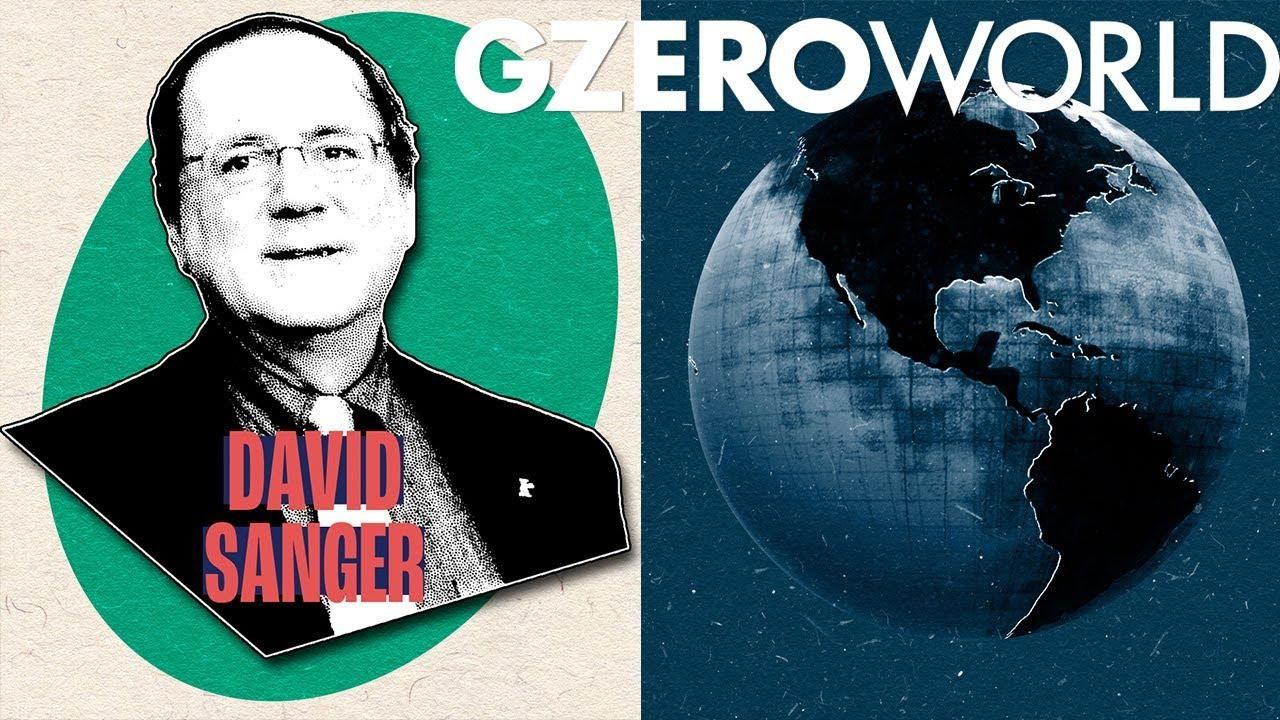
Less than a month ago, the Biden administration finally dropped its long-anticipated National Security Strategy. The No. 1 external enemy is not Russia but rather China. It also emphasizes the homegrown threat of Americans willing to engage in political violence if their candidate loses at the ballot box.
On GZERO World, Ian Bremmer speaks to New York Times national security correspondent David Sanger about the key national security threats facing the United States right now.
Sanger believes the biggest threat to America's national security right now is an "insider threat" to the stability of the election system coming from Americans willing to engage in political violence. Taiwan's status as a semiconductor superpower may be staving off a Chinese invasion.
On Russia, Sanger believes that Ukraine and the world face the paradox that the better Ukraine gets at resisting Russia, the more likely Putin might launch a tactical nuke. And if he does, he might just get away with it.
This interview was featured in a GZERO World episode: US threat levels from foreign and domestic enemies
- What threatens the USA? ›
- Podcast: America at risk: assessing Russia, China, and domestic threats ›
- US threat levels from foreign and domestic enemies ›
- Standing up for democracy and the truth: Former US national security official Fiona Hill ›
- Putin needs Xi to win the war in Ukraine - GZERO Media ›
- The next era of global superpower competition: a conversation with the New York Times' David Sanger - GZERO Media ›
- Is the US on the brink of a cold war with Russia and China? - GZERO Media ›